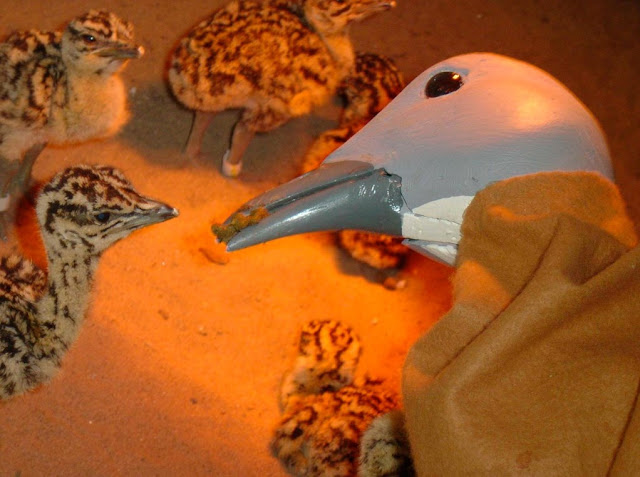Breve historia de la reintroducción de la avutarda en Gran Bretaña
El Proyecto Avutarda desarrollado en Gran Bretaña se centra en la reintroducción. Ésta se viene llevando a cabo en el Condado de Wiltshire, al sur de Inglaterra, que tiene a esta especie como el ave oficial del condado y que, además, aparece en su escudo de armas. Una avutarda disecada se exhibe en el ayuntamiento del condado, y el ave también figura en los emblemas de los cadetes del ejército y las Girl Guides de la región.
El Proyecto Avutarda empezó a fraguarse en 1998, hasta que en 2003, tras un estudio de viabilidad, la administración británica concedió una licencia de prueba para liberar avutardas en el Reino Unido. Las aves se obtuvieron de un programa de rescate de huevos en la región de Sarátov, al suroeste de Rusia. Esto supuso 24 horas en cajas hasta Moscú, más un día de trámite, seis horas en el aeropuerto de Heathrow y finalmente 30 días de cuarentena.
En 2014 colectaron huevos de avutardas españolas (de Castilla y León, y Castilla-La Mancha). A los dos días de nacer, las avutardas estaban en los pastizales de Salisbury Plain. En 2020, la población estaba formada por aves rusas, más antiguas, pero principalmente por individuos de origen español, y las nacidas en el propio Reino Unido.
Cuando un agricultor va a cosechar en un terreno donde hay localizado un nido, él retira los huevos y los entrega a Cotswold Wildlife Park, socio del proyecto. Allí, en las instalaciones de incubación, los huevos son monitoreados hasta que eclosionan y luego regresan a Wiltshire. En esta etapa, se crían a las aves manualmente, tal como se hicieron con las avutardas importadas previamente de Rusia y España.
Los pollos son criados a mano utilizando "trajes de deshumanización" y réplicas o modelos que simulan la cabeza de un ave adulta para evitar que se acostumbren a los humanos.
Es posible que el proyecto haya alcanzado ya el punto en que se cree que la población es autosostenible, pero se necesita más tiempo para confirmarlo, especialmente hasta que haya suficientes aves mayores de ocho años. Las hembras son más productivas entre los ocho y los dieciséis años.
 |
| Imagen: Great Bustard Group |
Fuente: Great Bustard Group y Birdguides.
ENGLISH VERSION:
The Great Bustard Project developed in Great Britain is a reintroduction effort that has been underway in the County of Wiltshire, in southern England. The bustard is the county's official bird and also appears on its coat of arms. A taxidermied bustard is exhibited in the county hall, and the bird also features in the emblems of the region's army cadets and Girl Guides.
The Great Bustard Project began to take shape and get underway in 1998, until in 2003, after a feasibility study, the British administration granted a trial license to release bustards in the United Kingdom. The birds were obtained from an egg rescue program in the Saratov region, southwest of Russia. 24 hours in boxes to Moscow, plus a day of processing, six hours at Heathrow Airport, and finally 30 days of quarantine.
In 2014, they collected eggs from Spanish bustards (from Castilla y León and Castilla-La Mancha). Two days after hatching, the bustards were in the grasslands of Salisbury Plain. In 2020, the population consisted of older Russian birds, but mainly of individuals of Spanish origin and those born in the United Kingdom itself.
When a farmer is going to harvest land where a bustard nest has been located, they remove the eggs and deliver them to Cotswold Wildlife Park, a project partner. There, in the incubation facilities, the eggs are monitored until they hatch and then returned to Wiltshire. At this stage, the birds are hand-reared, just as was done with the bustards previously imported from Russia and Spain.
The chicks are hand-reared using "dehumanisation suits" and replicas or models that simulate the head of an adult bird to prevent them from becoming accustomed to humans.
The project may have already reached the point where the population is believed to be self-sustaining, but more time is needed to confirm this, especially until there are enough birds older than eight years. Females are most productive between eight and sixteen years old.
Comentarios
Publicar un comentario